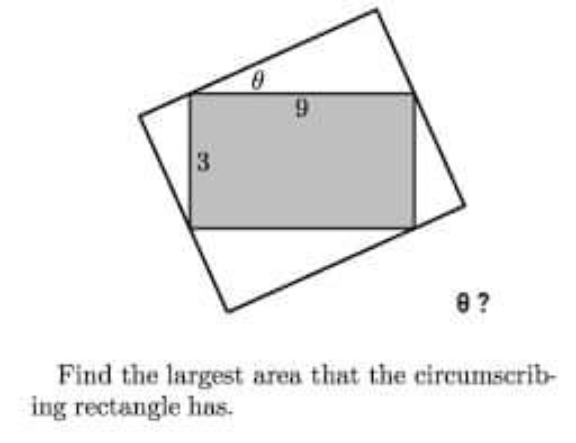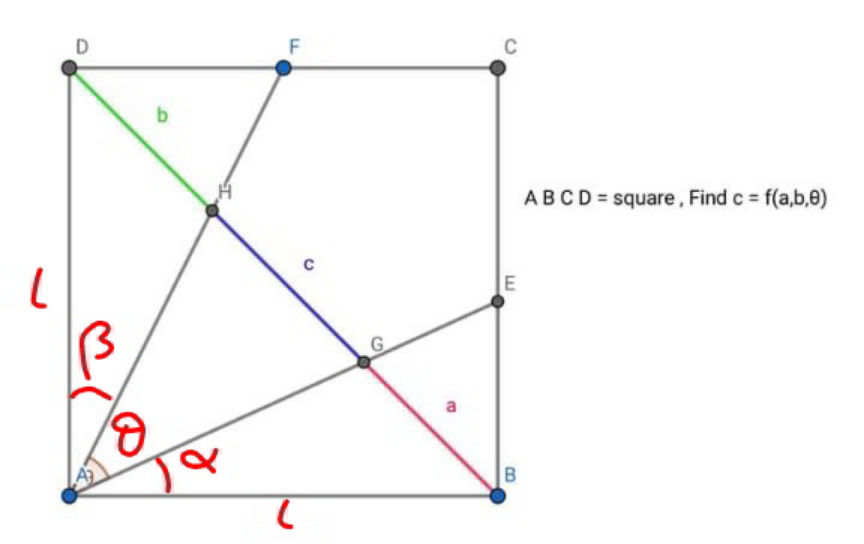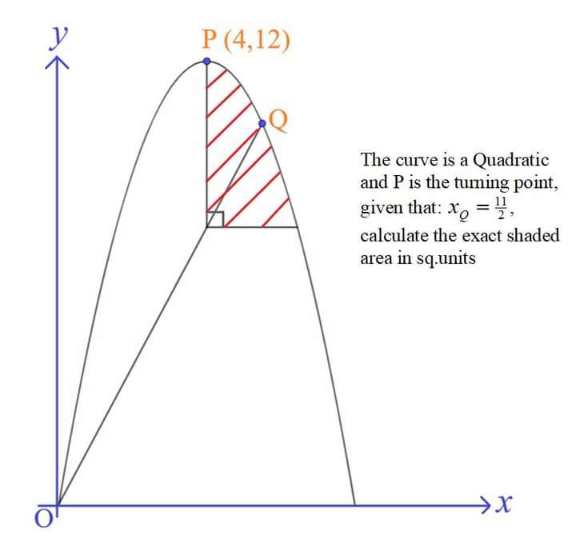
AllQuestion and Answers: Page 651
Question Number 153993 Answers: 1 Comments: 0
Question Number 153989 Answers: 0 Comments: 0
Question Number 153988 Answers: 1 Comments: 0
Question Number 154204 Answers: 2 Comments: 1

Question Number 153973 Answers: 2 Comments: 0

Question Number 153972 Answers: 2 Comments: 0
Question Number 153965 Answers: 1 Comments: 0
Question Number 153963 Answers: 2 Comments: 0
Question Number 153958 Answers: 4 Comments: 0

Question Number 153959 Answers: 1 Comments: 0

Question Number 153956 Answers: 2 Comments: 0
Question Number 153950 Answers: 1 Comments: 0

Question Number 153949 Answers: 1 Comments: 0
Question Number 154089 Answers: 2 Comments: 0

Question Number 154090 Answers: 0 Comments: 0
Question Number 153946 Answers: 0 Comments: 0
Question Number 153934 Answers: 0 Comments: 0

Question Number 153977 Answers: 1 Comments: 0

Question Number 153924 Answers: 2 Comments: 0
Question Number 153920 Answers: 0 Comments: 0

Question Number 153918 Answers: 1 Comments: 0
Question Number 153916 Answers: 0 Comments: 0
Question Number 153915 Answers: 1 Comments: 0

Question Number 153912 Answers: 2 Comments: 0

Question Number 153905 Answers: 2 Comments: 1

Question Number 153903 Answers: 0 Comments: 0

Pg 646 Pg 647 Pg 648 Pg 649 Pg 650 Pg 651 Pg 652 Pg 653 Pg 654 Pg 655
